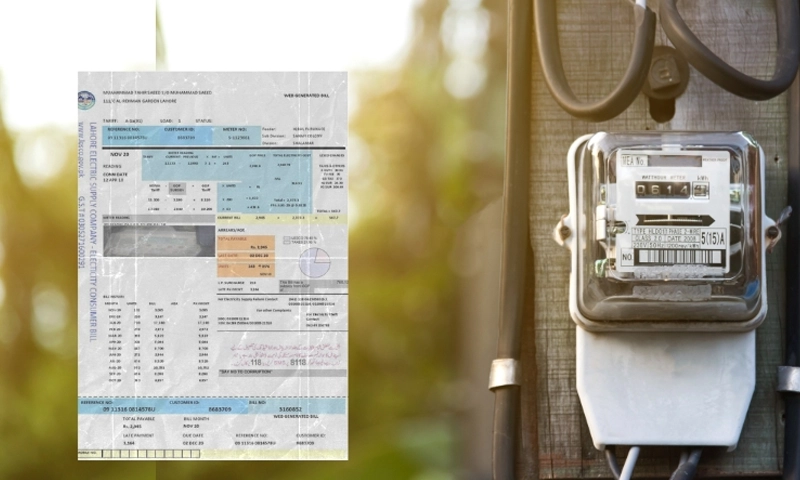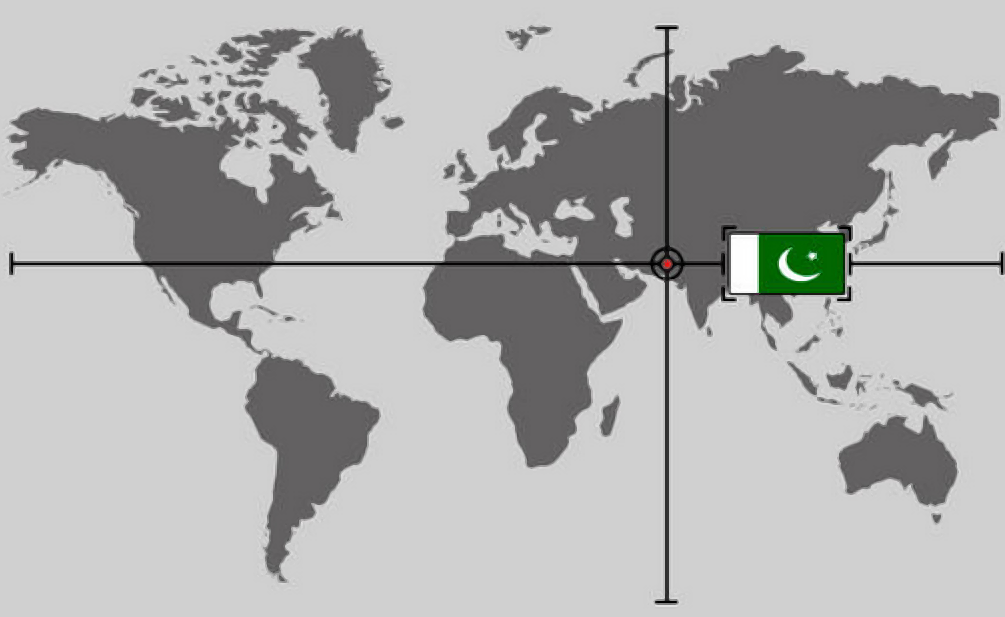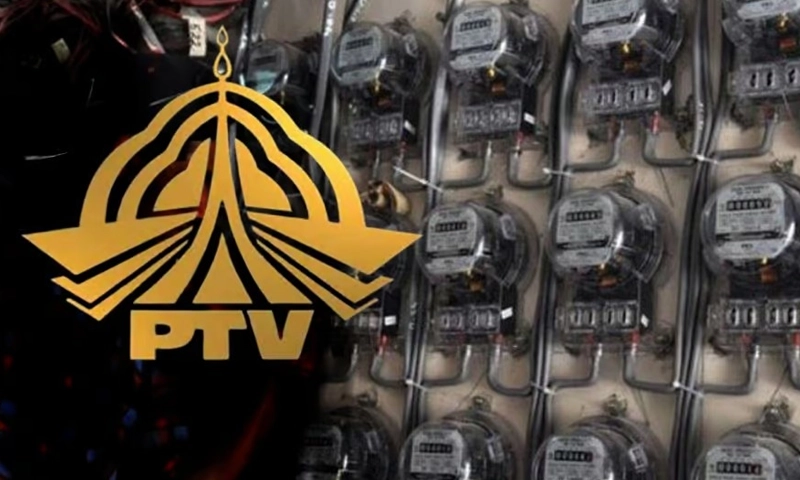- Web Desk
- 9 Minutes ago

Biggest electricity tariff cut in years – what it means for consumers
-

- Web Desk
- Apr 04, 2025

ISLAMABAD: The federal government has announced a reduction in electricity tariff for domestic and industrial consumers.
Prime Minister Shehbaz Sharif announced a cut of Rs7.41 per unit for domestic consumers and Rs7.59 per unit for industrial users.
Addressing a ceremony on Thursday, the prime minister acknowledged the strain in convincing the International Monetary Fund (IMF) to get approval for reducing electricity prices.
“The IMF initially refused to allow a price cut. We argued that we are utilising the reduction in oil prices and not providing any subsidy. Eventually, the IMF was convinced,” he said.
It is worth noting that despite the global decline in oil prices in mid-March, the Pakistani government did not reduce fuel prices. Instead, it assured the public that a reduction in electricity rates would be announced in the coming days.
Why Did Electricity Prices Rise Over Past Three Years?
Over the past three years, electricity prices in Pakistan surged significantly due to the mounting circular debt in the energy sector. To curb further increases in this debt, the government had to raise electricity tariffs in line with IMF conditions.
How Much Have Electricity Prices Dropped?
According to the government’s announcement, in June 2024, the electricity price for domestic consumers was Rs48.70 per unit, which had already dropped to Rs45.05 per unit before the latest reduction. This meant a decrease of Rs3.5 per unit since June 2024.
With the new cut of Rs7.41 per unit, domestic consumers will now be charged Rs34.37 per unit.
Also read: Rs3,696bn saved in IPP deal, electricity tariff relief ahead: minister
Similarly, in June 2024, industrial consumers were paying Rs58.50 per unit. This had already been reduced by Rs10.30 per unit, bringing the rate down to Rs48.19 per unit. Now, with the additional Rs7.59 per unit reduction, industrial consumers will pay even less.
How Was This Reduction Made Possible?
Energy experts believe that the reduction in electricity prices was not sudden but rather the result of months-long developments in the energy sector. These included renegotiations of contracts with Independent Power Producers (IPPs), rescheduling of their loan payments, and an increase in levies on petroleum products.
According to Rao Amir Ali, an energy sector expert, one of the key factors behind this reduction was the revision of IPP agreements to lower capacity payments.
“The government reviewed contracts with power plants established under power policies from the 1990s and early 2000s, which were receiving capacity payments. These agreements were renegotiated to ease the financial burden,” he told BBC Urdu.
It is important to note that the government renegotiated these agreements with IPPs in October and December of last year, as well as in January of this year.
How Was the Reduction in Electricity Prices Made Possible?
Energy expert Amir Ali explained that the government increased the petroleum levy on diesel and petrol last month, creating financial space by generating additional revenue. This allowed the government to stabilize its fiscal position so that the reduction in electricity prices would not negatively impact financial discipline.
Dr Aafia Malik, an energy sector expert at the Pakistan Institute of Development Economics (PIDE), told BBC Urdu that renegotiating capacity payments with Independent Power Producers (IPPs) enabled the government to lower electricity prices. However, she emphasized that the most significant step was the revision of agreements with nuclear and China-Pakistan Economic Corridor (CPEC) power plants.
“As part of these revised agreements, loan repayment schedules have been extended—from 10 years to 15 years—giving the government more financial flexibility,” she explained.
She also pointed out that the increase in petroleum levy contributed to the electricity price reduction, passing relief on to consumers.
How Much Will Your Electricity Bill Decrease?
The reduction in electricity prices varies across different consumer slabs, with an average Rs7.41 per unit cut.
According to the Federal Power Division, here’s the breakdown:
No reduction for lifeline consumers using up to 50 units or between 51-100 units.
Protected consumers using up to 100 units will see a Rs6.14 per unit decrease, bringing the rate down from Rs14.67 per unit to Rs8.53 per unit.
Protected consumers using 101-200 units will also see a Rs6.14 per unit reduction, lowering their rate from Rs17.65 per unit to Rs11.51 per unit.
Consumers using up to 300 units will experience a Rs7.24 per unit reduction, dropping their rate from Rs41.26 per unit to Rs34.03 per unit.
Commercial consumers will get a Rs8.58 per unit reduction.
Agricultural and bulk consumers will see a Rs7.18 per unit decrease.
Example Savings for Household Consumers
If a household consumer using 200 units was previously paying Rs9,740, they will now pay Rs7,528, saving Rs2,212.
For 300 units, the savings will be Rs3,318, while for 500 units, the reduction amounts to Rs5,530.
Overall, domestic consumers could see up to a 22.7 per cent reduction in electricity bills.
Will This Price Cut Be Long-Term?
Will the reduction in electricity prices be sustained in the long run?
Dr Aafia Malik suggested that the relief is expected to last for a short-to-medium term.
“During this period, the government may renegotiate agreements with additional IPPs to further reduce capacity payments and extend more relief to consumers,” she said.
She also highlighted ongoing efforts to develop a competitive electricity market, which could allow consumers to choose between multiple electricity providers, potentially lowering prices further.
Energy expert Rao Amir Ali warned that the relief might be short-term, lasting only a few months.
“Once the electricity tariff for the next fiscal year is determined, it will become clear whether this reduction will remain in effect,” he explained.
Prime Minister’s Coordinator Rana Ehsan Afzal said that the relief package has been implemented within the IMF programme and would not increase the country’s fiscal deficit or add to the circular debt crisis.
He said that the relief was designed to be long-term and sustainable.
“The government renegotiated agreements with IPPs and even terminated some contracts. At the same time, financial space was created by increasing the gas tariff for power plants and raising the petroleum levy on fuel products to provide relief to both domestic and industrial consumers,” he concluded.





